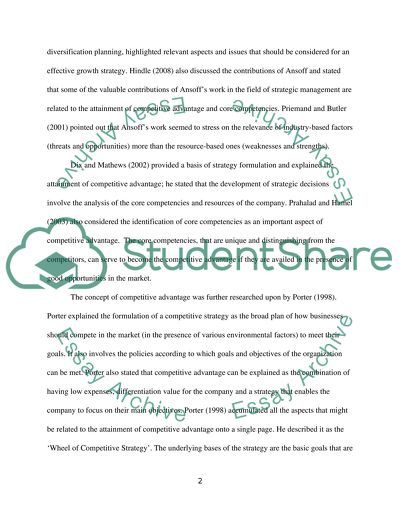Cite this document
(“Literature review on competitive advantage Essay”, n.d.)
Retrieved de https://studentshare.org/macro-microeconomics/1425783-literature-review-on-competitive-advantage
Retrieved de https://studentshare.org/macro-microeconomics/1425783-literature-review-on-competitive-advantage
(Literature Review on Competitive Advantage Essay)
https://studentshare.org/macro-microeconomics/1425783-literature-review-on-competitive-advantage.
https://studentshare.org/macro-microeconomics/1425783-literature-review-on-competitive-advantage.
“Literature Review on Competitive Advantage Essay”, n.d. https://studentshare.org/macro-microeconomics/1425783-literature-review-on-competitive-advantage.


